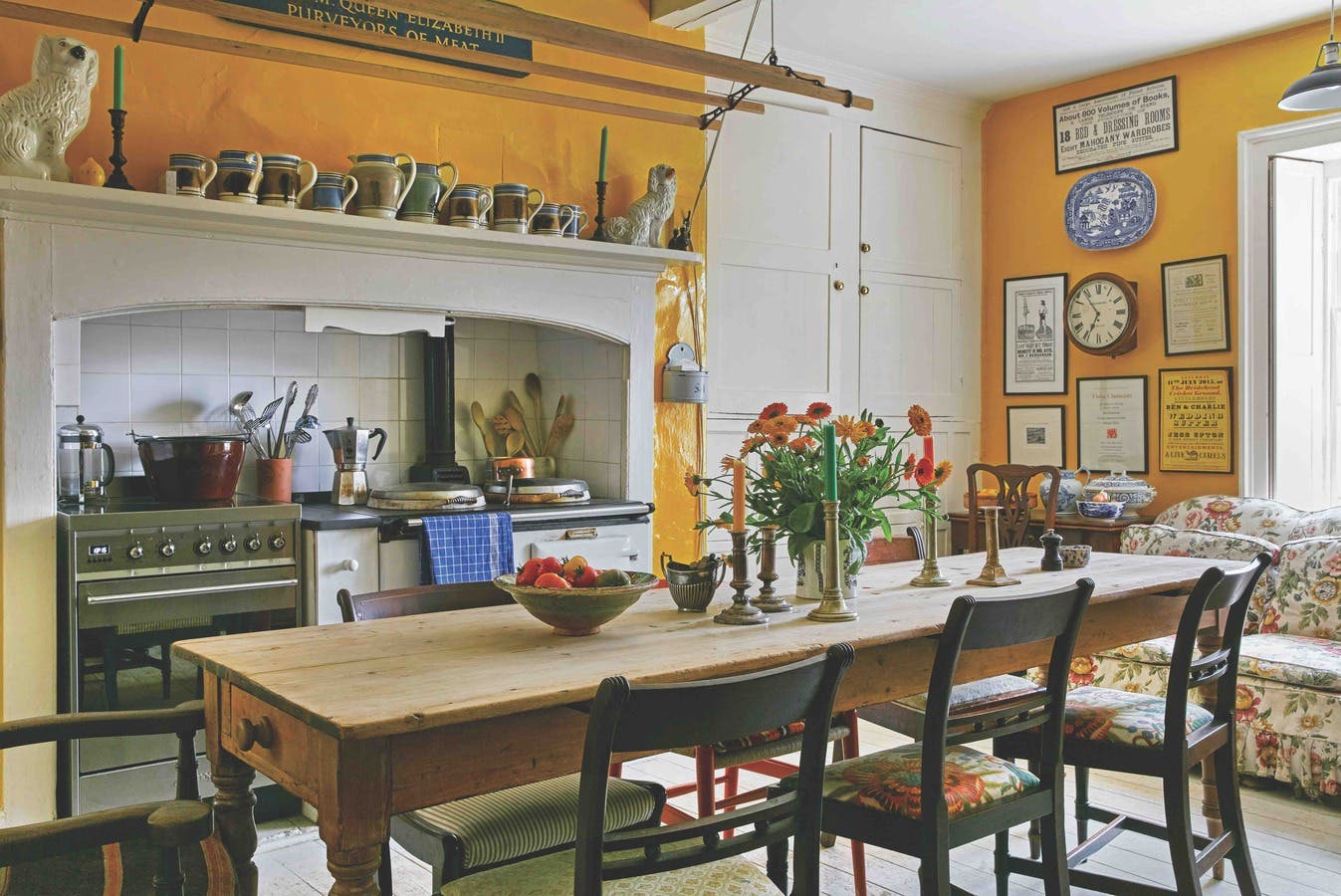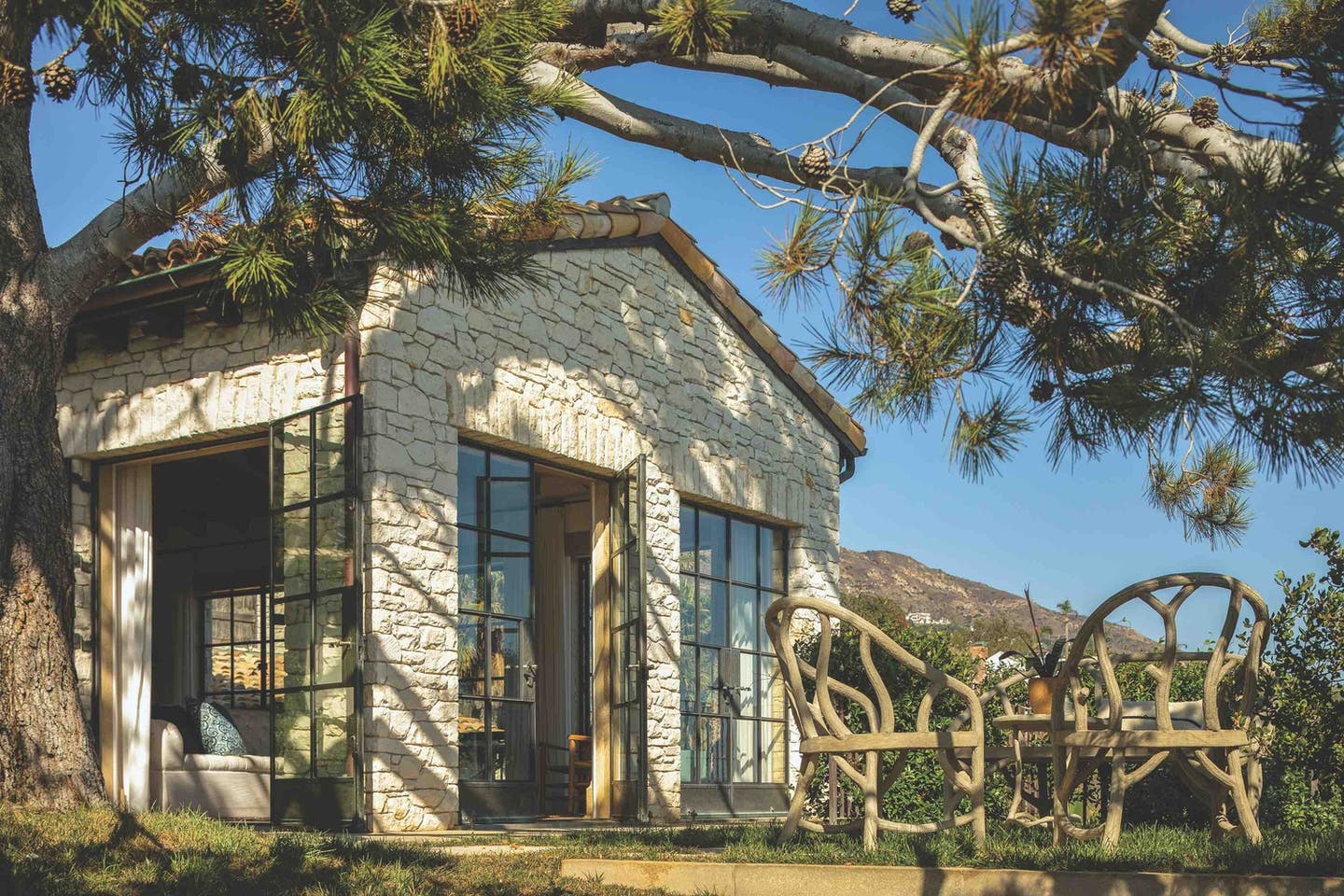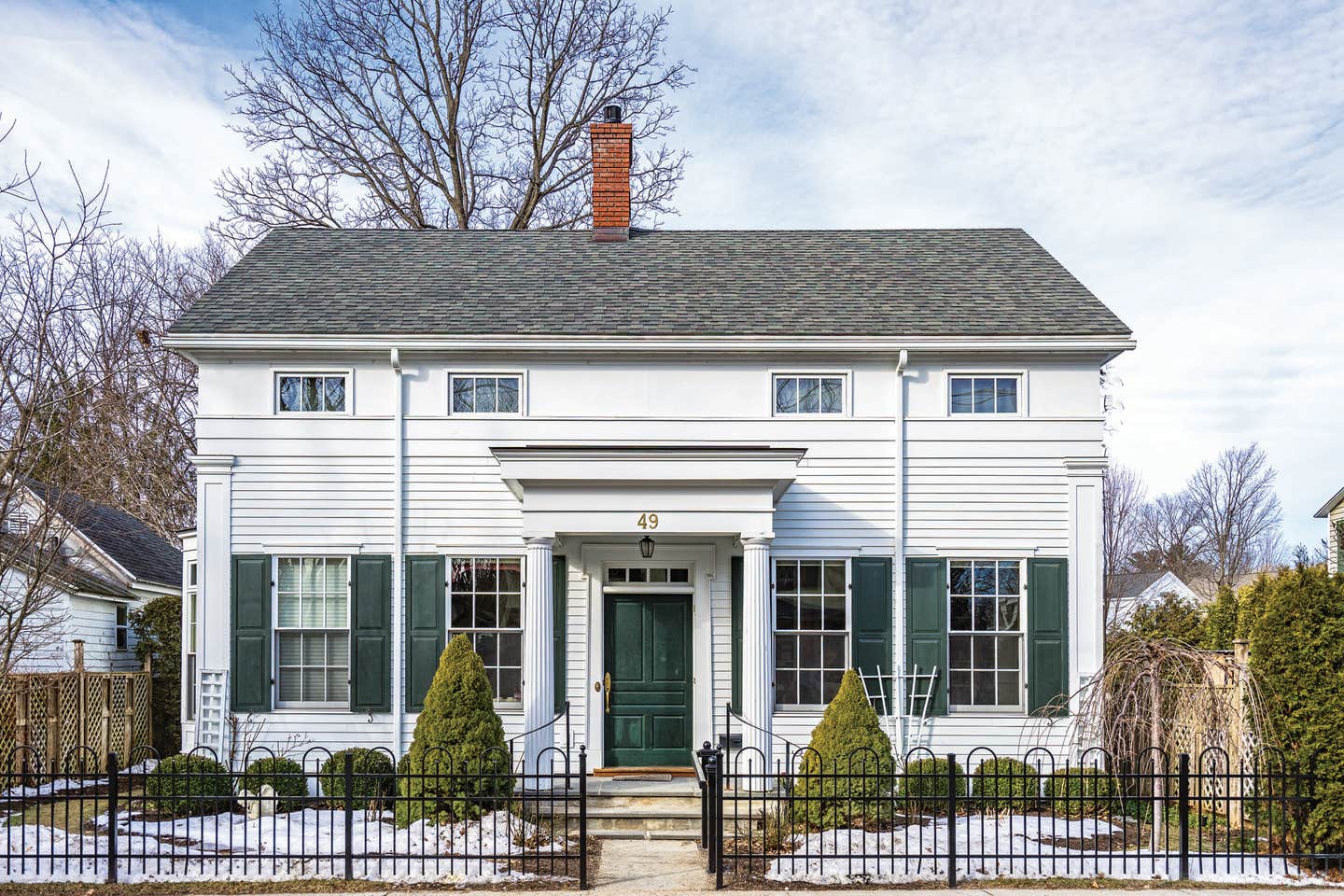
Projects
Greek Revival and Gardens
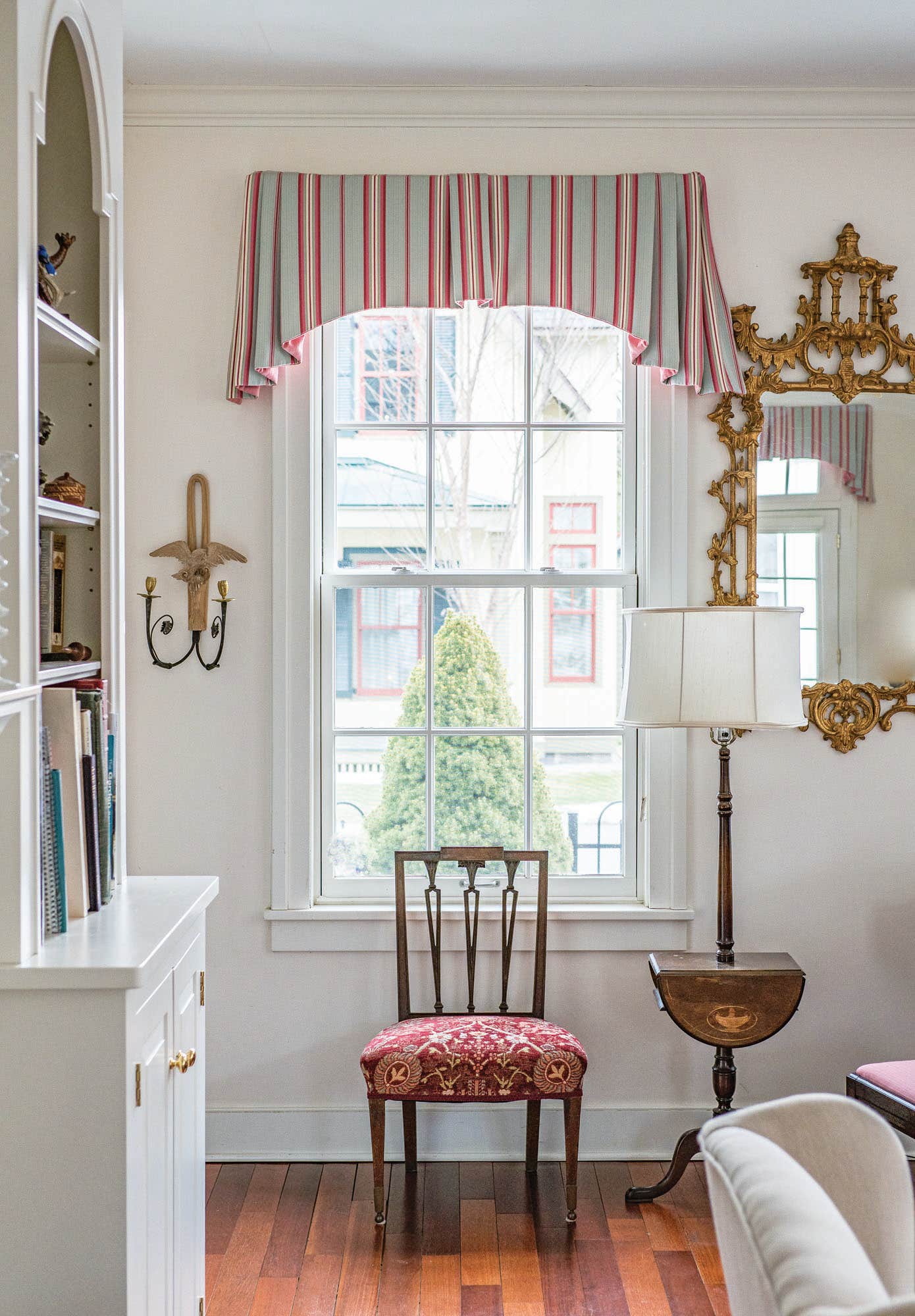
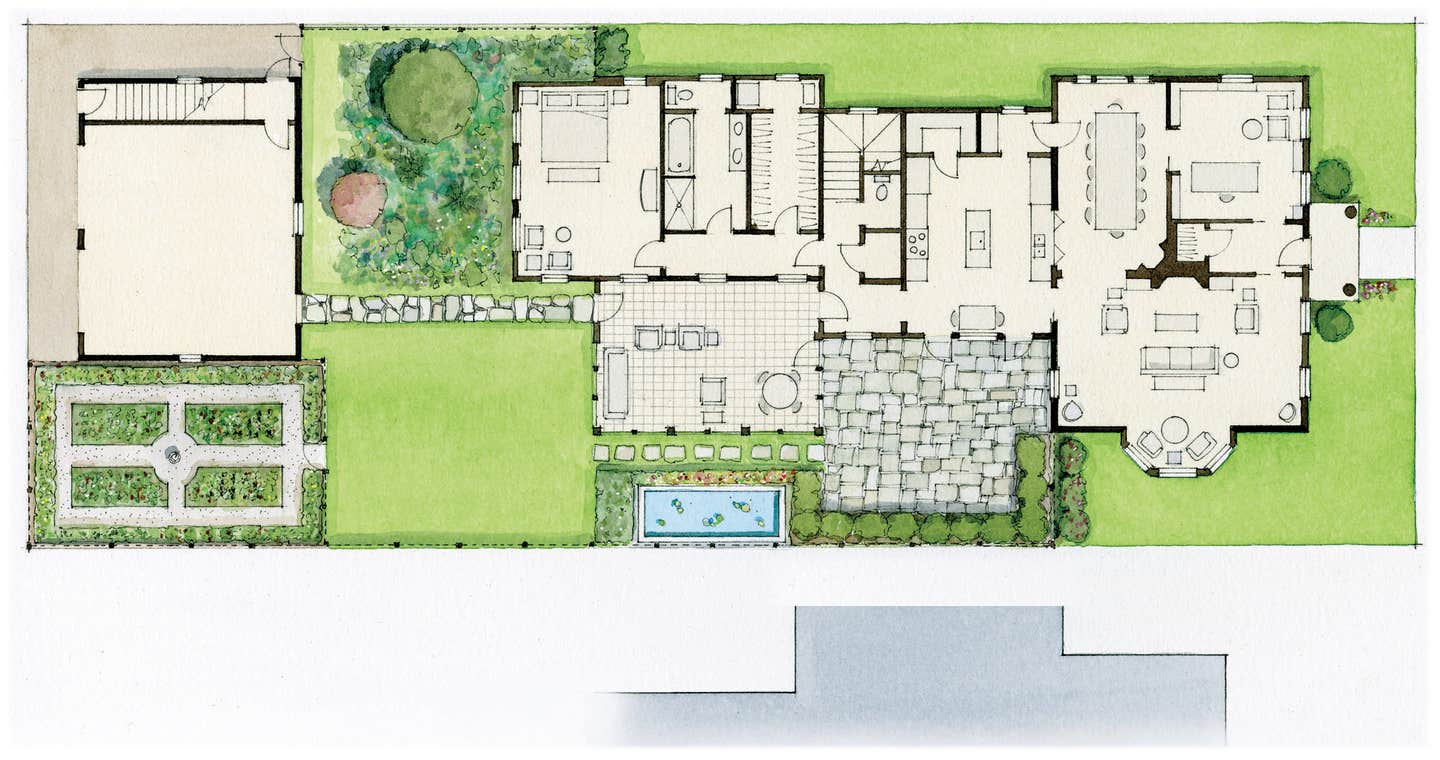
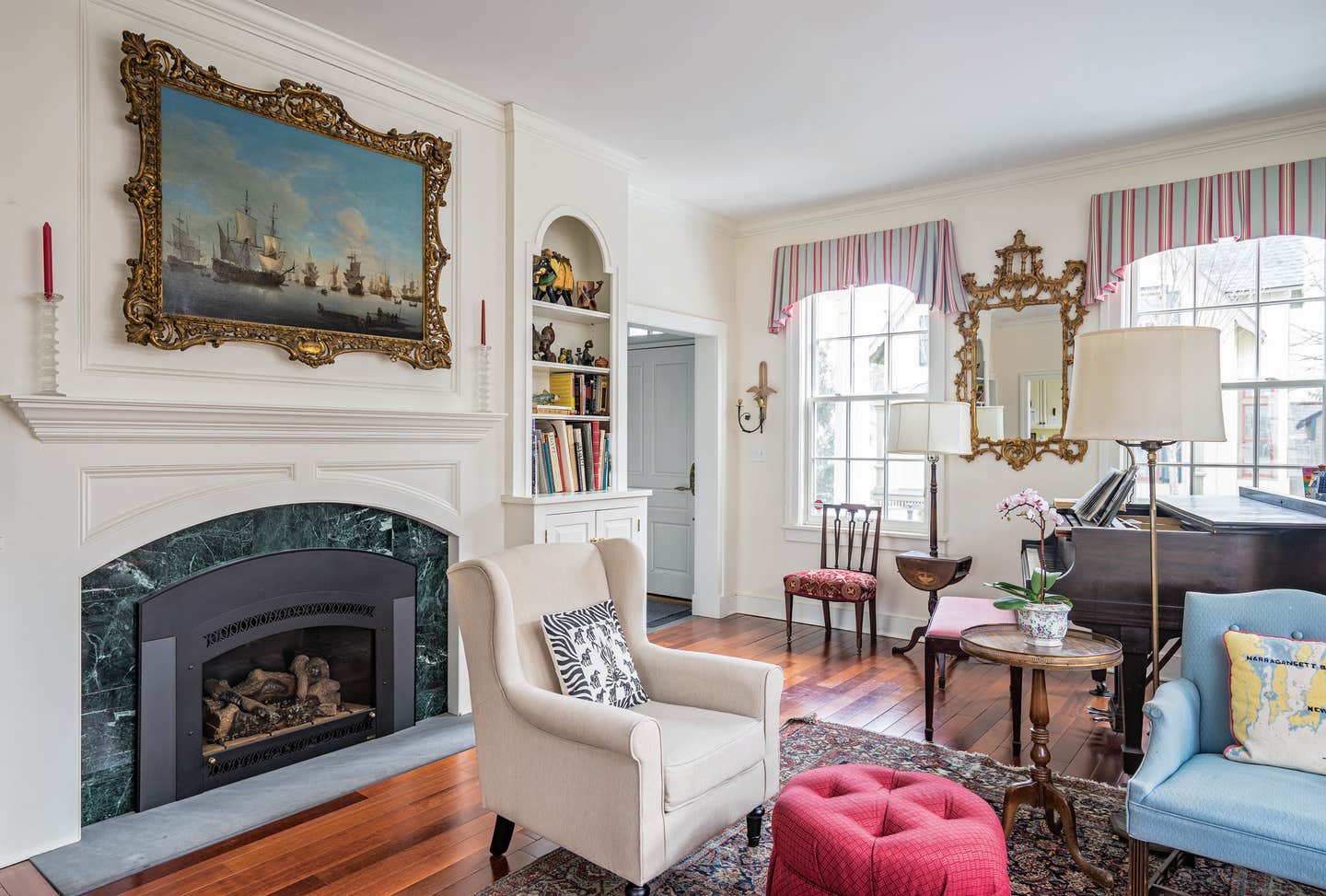
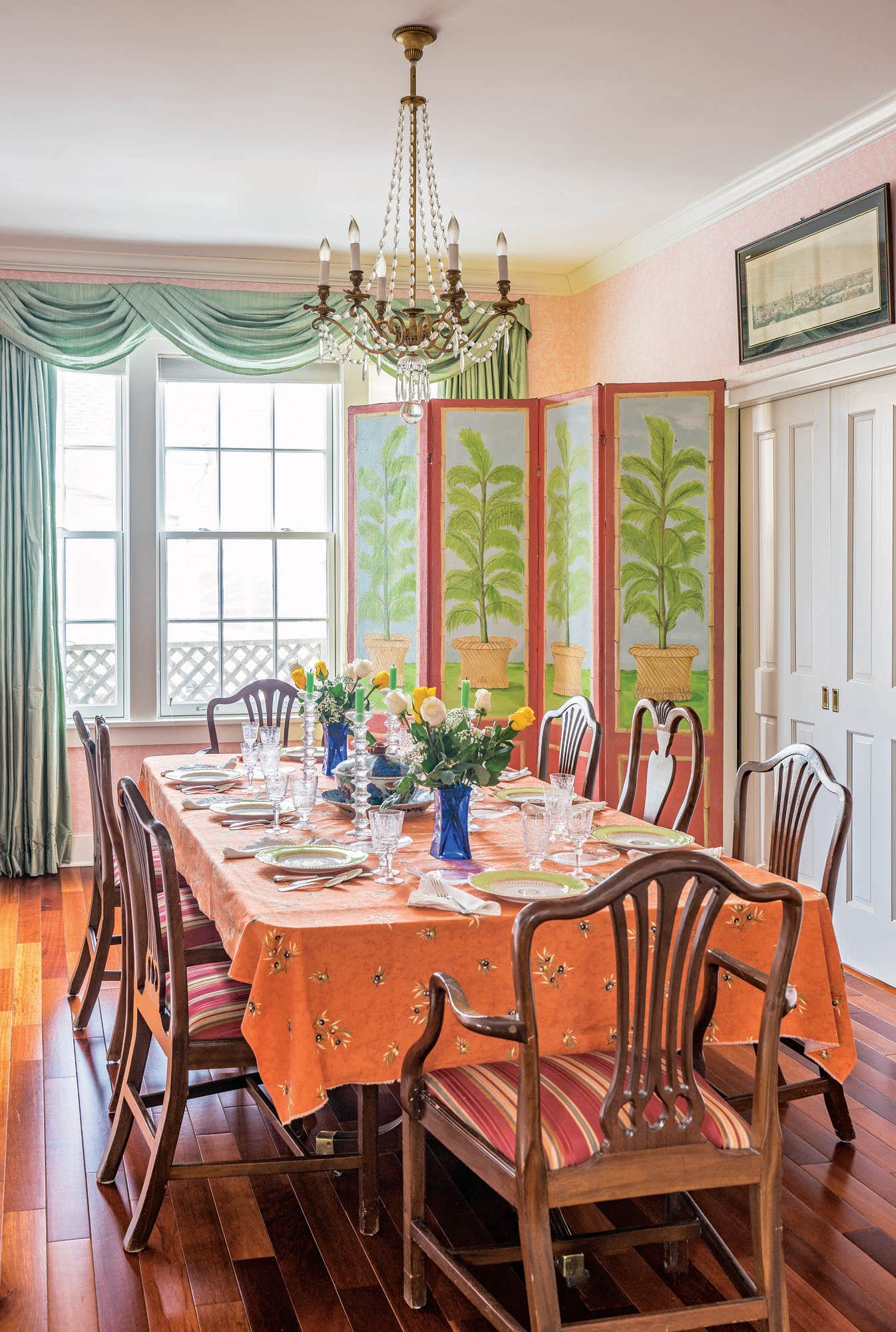
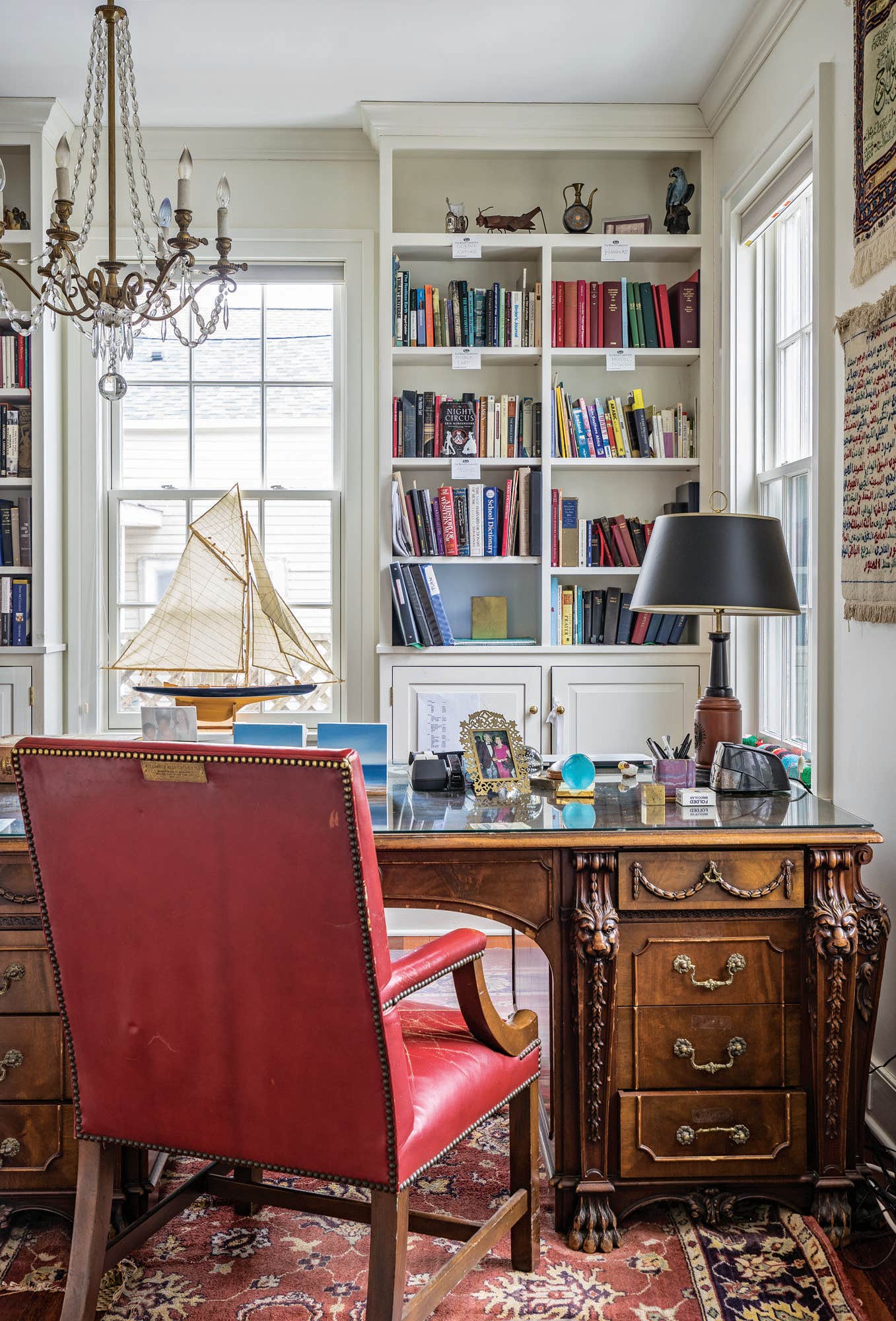
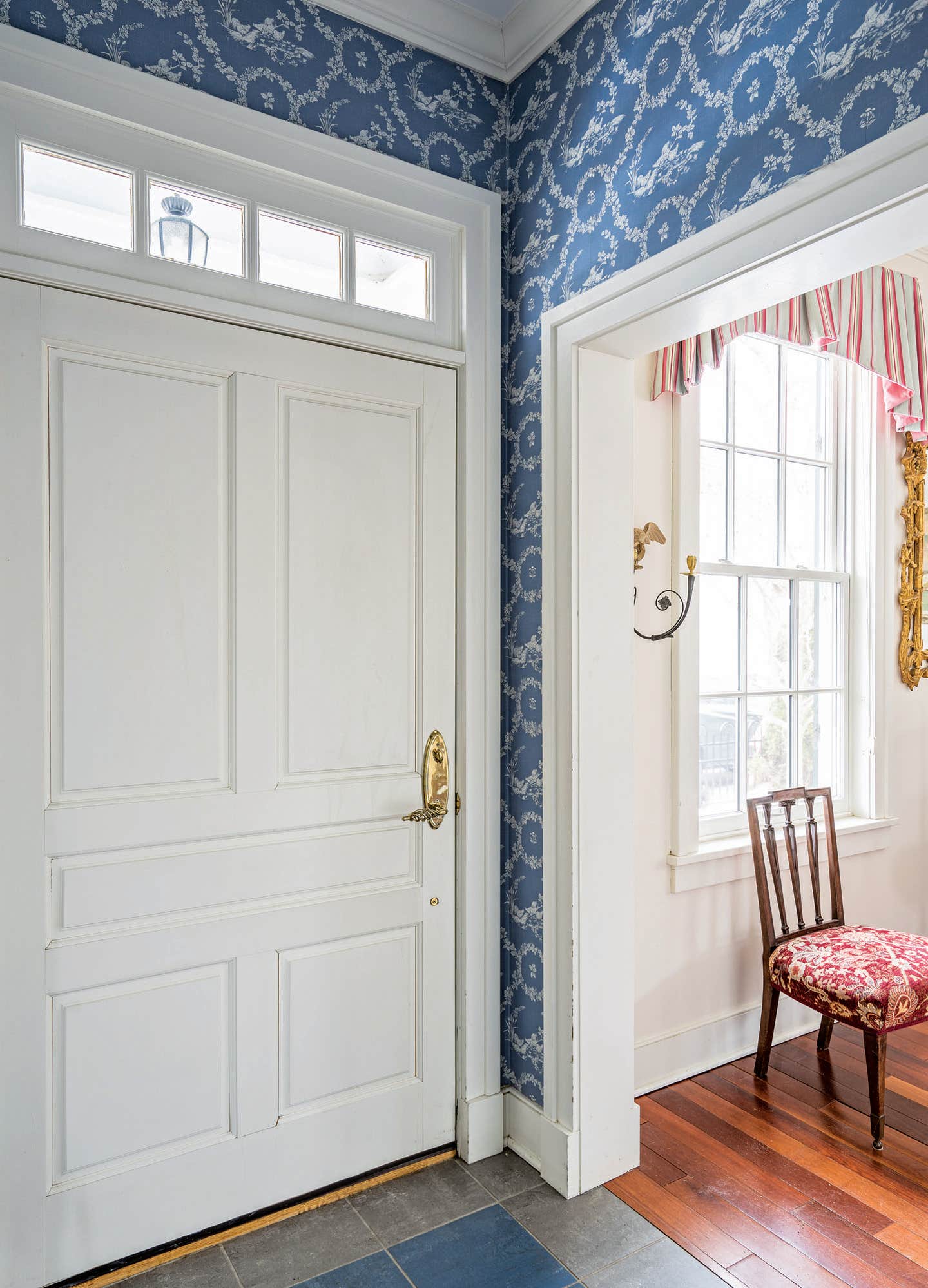
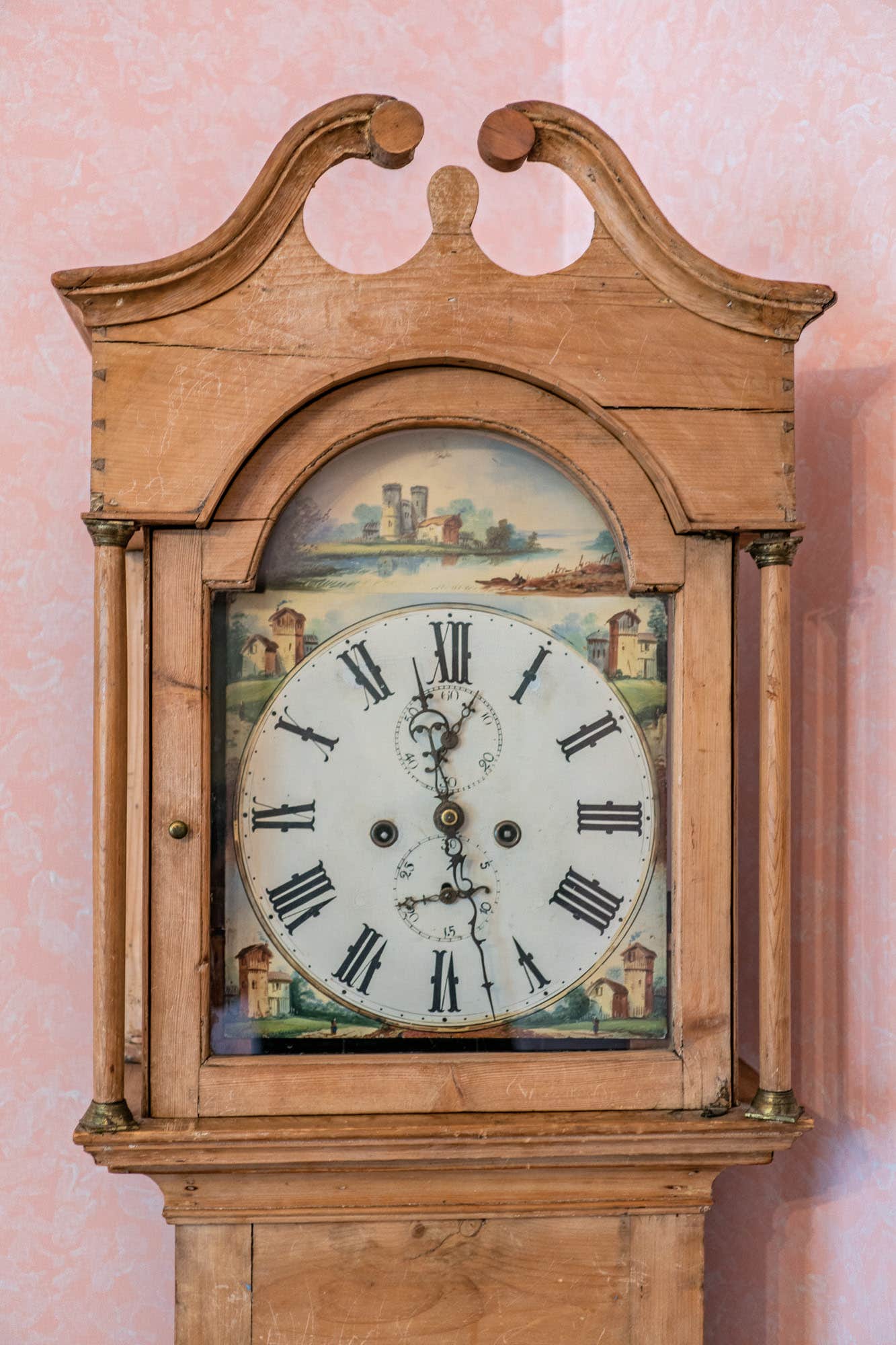

Saratoga Springs, New York, with its genteel summer homes and horse farms framed by rolling hills and the mountains beyond, has always had a certain gilt-edged glimmer. But when architect Milton Grenfell signed on to design a new house in town, it wasn’t a lavish project on a spacious piece of land; the project would be a modest home on a small narrow lot located on a historically blue-collar street near Skidmore College.
In addition to the challenge of working within the small lot without crowding the neighbors or sacrificing privacy, Grenfell got a major directive from his clients, Phyllis and Sam Aldrich: to incorporate aging-in-place features so the couple could look toward a future in their house.
“The central challenge,” says Grenfell, principal of Grenfell Architecture in Washington, D.C., “was how to comfortably fit a lot of program on the ground floor, and still have enough ground left over for gardens. Also, they didn’t want to have to walk up and down stairs—which meant that they needed to have everything essential on the first floor, yet without feeling cramped.”
The Greek Revival style, our country’s first national architectural style and a favorite of the clients, worked with the design challenges. “It has something comfortably Currier & Ives about it,” Grenfell says of the style with early1800s origins. “It became our first national style, with pattern books widely available for the first time in the early 19th century, when all things Greek were the rage. For the first time, carpenters, with no architectural education, could build a refined architecture from pattern books, and the reigning style in the books was the Greek.”
The flexibility of the Greek Revival language enabled Grenfell to turn out a classically beautiful plan that deftly addressed the project’s many program requirements. Grenfell took advantage of the style’s various features to render a house where the Aldrichs could age in place gracefully.
For instance, one common Greek Revival feature—a tall frieze atop giant order corner pilasters—was the perfect device for forming a 1,545-square-foot half-story above a 1,895-square-foot ground floor, complete with a line of dormer windows set into the frieze. “The tall frieze allows more headroom in the attic,” Grenfell says. “We used this and other volumetric devices to give the family the amount of habitable attic space they wanted to accommodate the frequently visiting family and friends.” By hiding second-story space in the attic, the home’s one-and-a-half-story exterior blends with the rooflines and massing of surrounding houses on the street. The Doric columned front portico gives the house dignity, yet is understated so it doesn’t upstage the modest streetscape.
Inside, all the most important rooms are on the first floor, including a spacious master bedroom suite projecting into the quiet rear gardens. Because the couple frequently entertains, the kitchen connects to the dining room via a butler’s pantry, for storing stemware, china, and linens, while also serving as a buffer between the two rooms. For cocktail parties and casual dining, there is also a shuttered pass-through for serving between the two rooms. “Little features in a little house can make a big difference,” Grenfell says.
Grenfell believes that each room should have its own memorable character. For example, the south-facing breakfast nook off the kitchen looks onto a sunny garden terrace. Meanwhile, the formal dining room is on the north side. The library, on the southeast corner, catches the morning light. While the living room in the southwest corner room also faces the street, its bay window burnishes the room with afternoon light.
Upstairs are two guestrooms with a shared bath, yielding plenty of space for hosting the couple’s visiting children and grandchildren. There is also an exercise room and a study for Mrs. Aldrich, a professor and scholar who taught for many years at Skidmore. The Aldrichs also asked for a detached garage on the alley, with the option of upstairs living space for a caregiver, in case one might be needed someday. The garage has another role, as well: forming a trellised privacy wall for the shade garden.
To house so much program downstairs and not have it feel claustrophobic, Grenfell developed a central circulation spine as a long enfilade (a series of rooms with aligned doors) used to grand effect in 18th century palaces. As the eye traverses the 100 feet of the house’s enfilade, a succession of five different rooms (the fifth being the rear garden), each with its unique light quality and character, present themselves. A bay window in the living room, breaking out of the Greek Revival box, proved to be another very good device for creating spaciousness. As Grenfell says, “The southwest facing bay reaches out to bring in the street view, side garden, and sunlight, thus magnifying an otherwise small room.”
Such clever devices allowed Grenfell and the general contractor, Field Horne of Horne Classic Houses in Saratoga Springs, to weave elegance and practicality for a singular effect. “Variety is an aspect of one’s perception of size,” Grenfell says. “If something can be readily grasped in an instant, it seems small. Something richer, more complex, and less predictable keeps your attention longer and seems larger.”
Maneuvering the structure to extend toward the property lines, then pulling back when necessary, helped to create outdoor spaces that serve a variety of purposes. “In our practice, we always regard the outdoors as an extension of the indoors,” Grenfell says. “Because of the carefully orchestrated massing of the house, we were able to create a number of gardens. They’re small, but like the interior rooms, each has its own shape, size, light conditions, character, and uses.”
Pushing the house against the northeast property line opened up gardens along the southwest line, positioning them for maximum sun. The living room projects toward the side property line where a neighbor’s house is pulled away from it; then the kitchen/dining pulls back where the neighboring house extends toward the property line. “Like a ballroom dance step, the back and forth works for both parties,” Grenfell says. “Visually we’re stealing space.”
On the northwest corner is a lawn terrace, perfect for playing croquet and gamboling with grandchildren. A stepping-stone walk from the garage to a screened porch demarcates the shade garden on the northern corner from the lawn terrace. A kitchen garden with vegetables and herbs gets full sunlight from the east and south.
The home’s architecture and all its creative devices have shaped a house that Sam and Phyllis Aldrich love. For Sam, who played a key role in saving Olana, the Victorian villa that was home to the painter Frederic Edwin Church, his house is comfortable, contained, and connected to the region’s past. One of Phyllis’s favorite spots is the living room bay, with windows so tall they extend almost to the ceiling. “I love the house,” she says. “It feels classical and peaceful and really good.”



